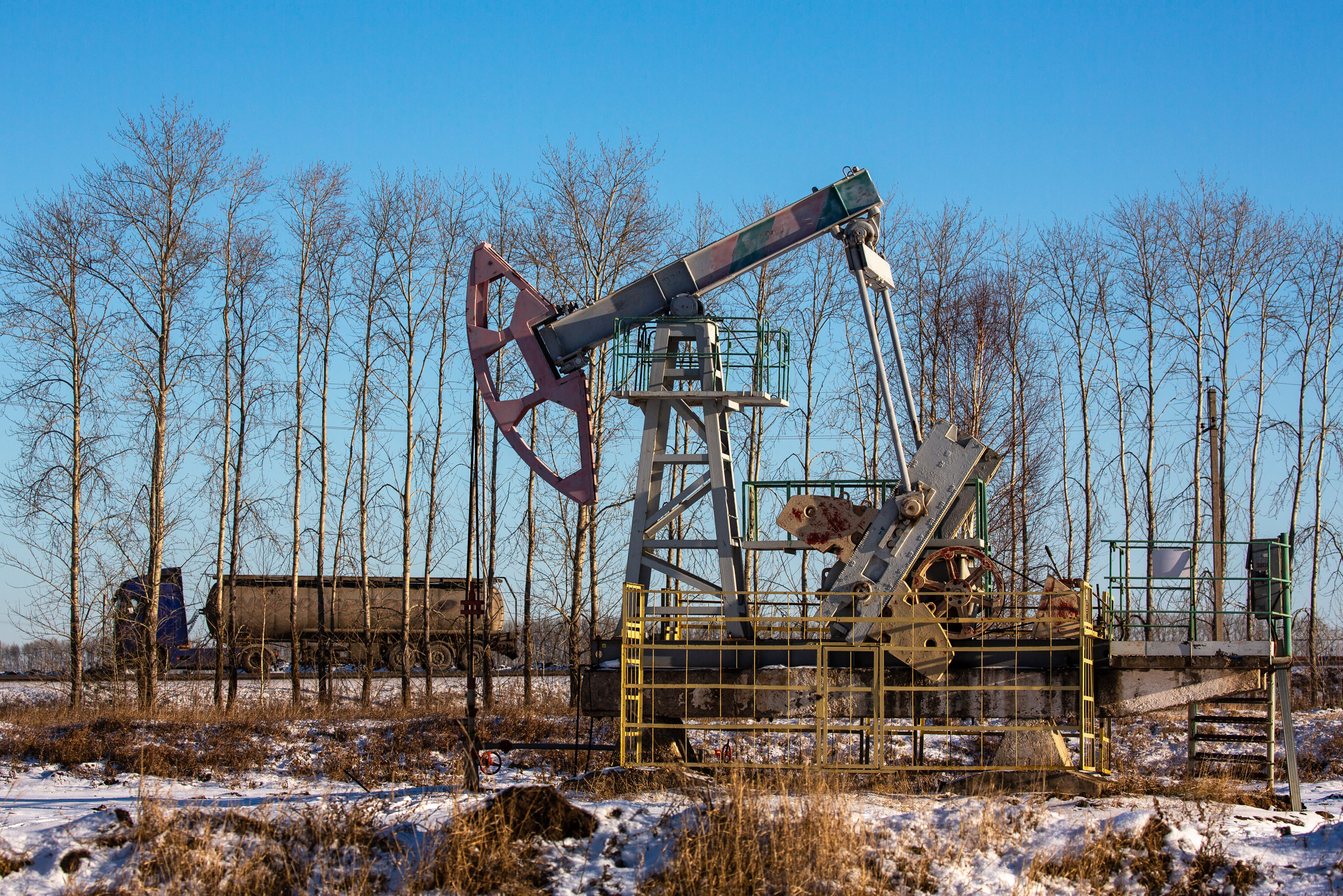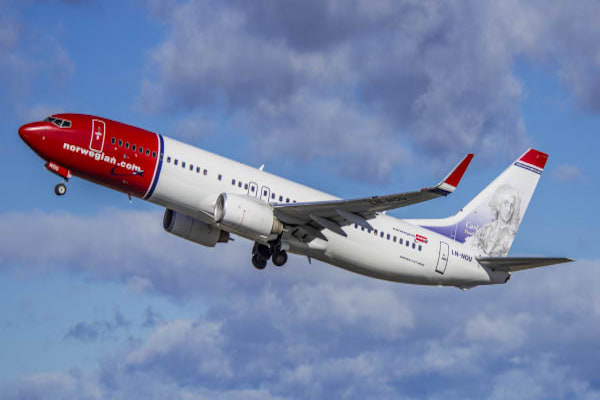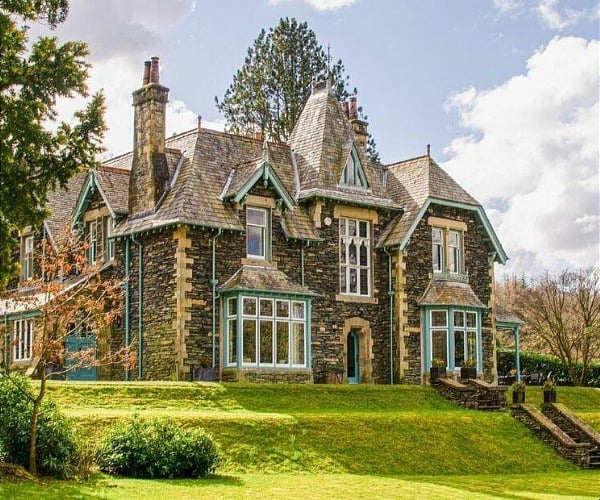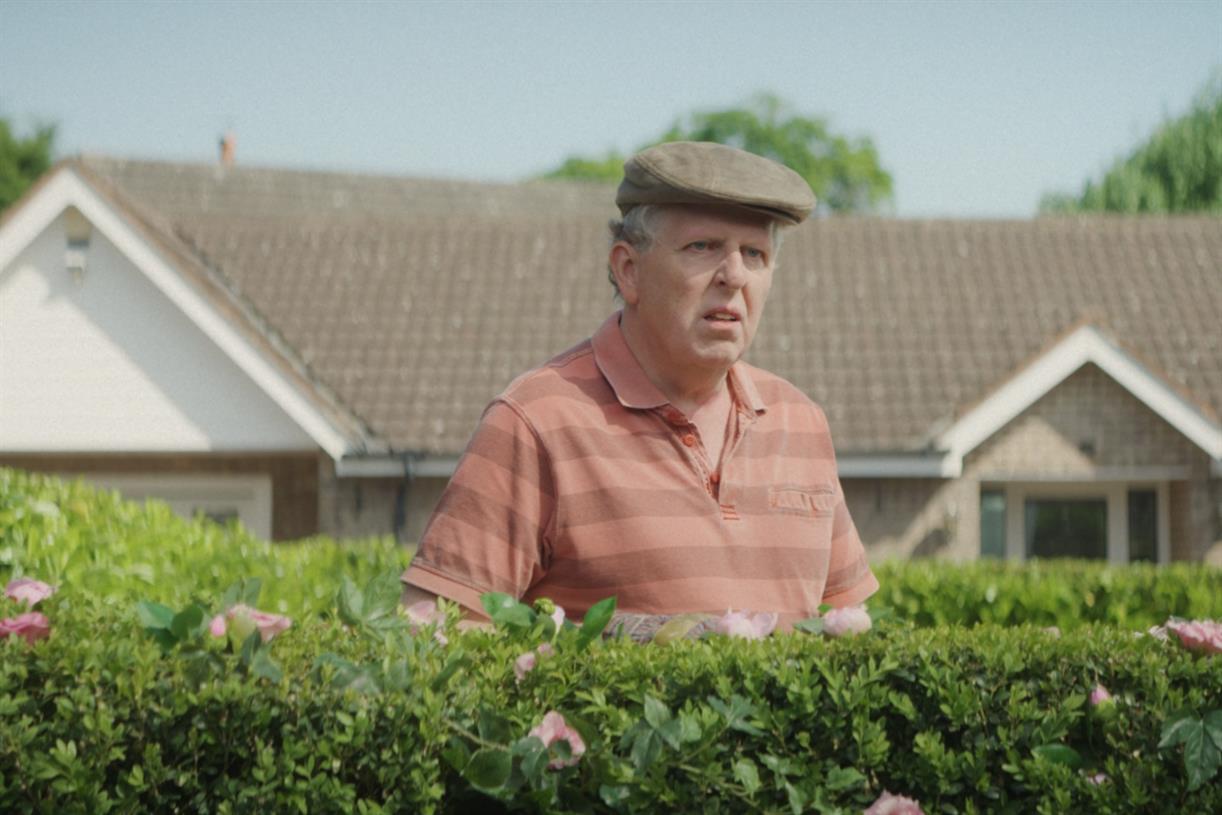A whistle-stop tour of the Lake District lakes
When the sun is beating down on the Lake District, there’s no better place to be than beside one of the large bodies of water that give this stunning national park its name. The post A whistle-stop tour of...
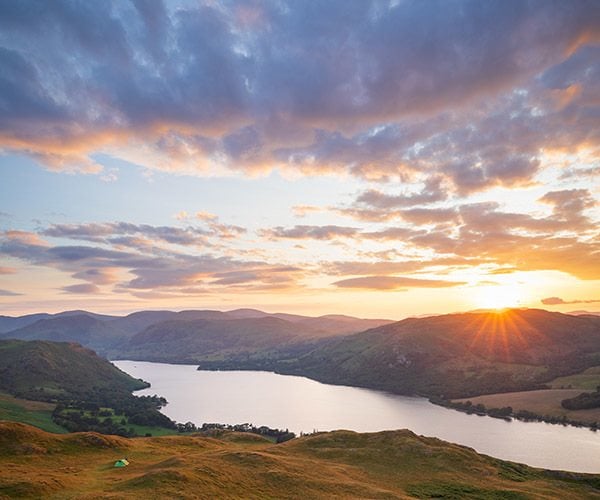
When the sun is beating down on the Lake District, there’s no better place to be than beside one of the large bodies of water that give this stunning national park its name. Whether you fancy a cooling dip, just a paddle, maybe take out a boat, skim stones or even just admire the view, a day beside one of the lakes is packed with potential. But just how many lakes are there in the Lake District? Let’s go on a whistle-stop tour.
Before we set off, let’s answer the question above. Just how many lakes are there in the Lake District? Any quiz boffs will have come across the question before. The answer is one. Bassenthwaite Lake is the only ‘official’ lake in the Lake District. The rest are meres and tarns, such as Windermere or Ullswater.
In fact, there are sixteen lakes which are considered the main lakes of the Lake District, as well as hundreds of tarns dotted across the fells. Each one has its own unique feel, boasting some of the most spectacular scenery in British Isles. Hardly surprising then that the Lake District has become one of the UK’s most desirable holiday destinations.
If you’re thinking about visiting, hopefully our whistle-stop tour of the sixteen ‘major lakes’ in the Lake District National Park will give you a little insight into what each of them offers.
We’ll start with the largest lake, Windermere.
Windermere
At 10.5 miles long, Windermere isn’t only the Lake District’s largest lake, it’s also England’s largest lake. It’s also arguably the best-known of the lakes, with so much to do on and around it. It’s a firm favourite for watersports enthusiasts, while the steamers and ferries making their regular trips up and down the lake provide a more leisurely way of taking in the stunning scenery. There’s also an abundance of wildlife for those who want to stick to the shoreline.
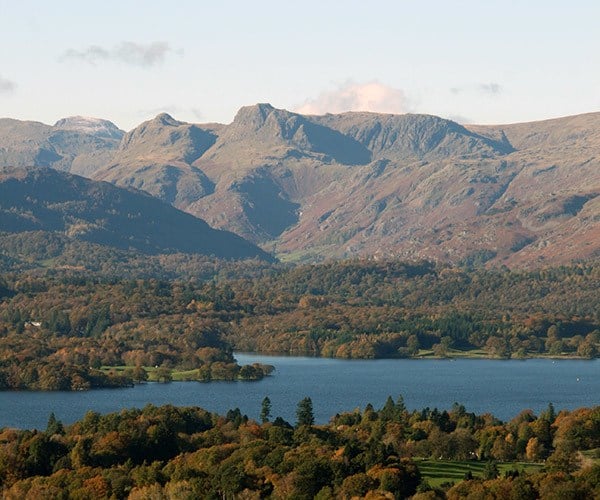
If you are keen to stay on dry land and simply admire the views, there are a number of walks around the lake. Gummers How at the southern end of the lake is a fantastic walk for the children – it feels like a mountain and the views are amazing – as is Orrest Head on the outskirts of Windermere village, from where author and fellwalker, Alfred Wainwright, first fell in the love with the Lake District. The quieter western shore also offers a day packed with adventure, including Wray Castle and Claife Heights.
In short, Windermere is buzzing with activity.
Esthwaite Water
Just to the west of Windermere is Esthwaite Water, one of the lesser known lakes in the Lake District National Park. It was, however, said to be Beatrix potter’s favourite lake and the inspiration for her much-loved character, Jeremy Fisher.
Esthwaite Water is privately owned and offers a number of options for visitors. From fishing to boat hire, osprey safaris to shoreline walks, there’s something for everyone.
Coniston Water
Our next stop is Coniston Water, best-known for providing some of the inspiration for Arthur Ransome’s famous children’s book, ‘Swallows and Amazons’.
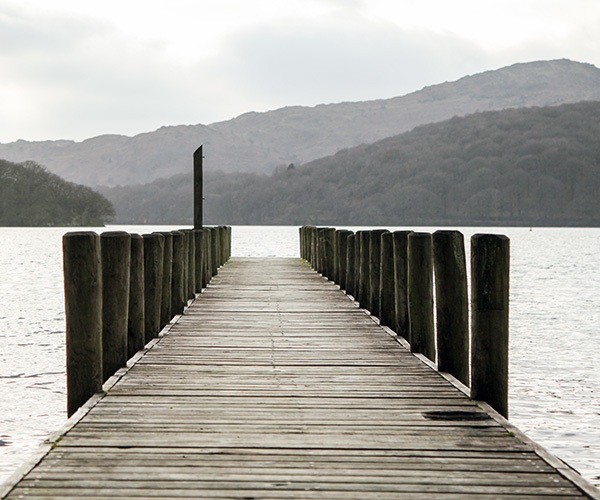
This picturesque lake is a popular destination for families, looking to recreate some of the stories from the book, or simply enjoying some fun on the water. Why not paddle across to Peel Island in a canoe and enjoy a picnic? Alternatively, enjoy the scenery aboard the beautifully restored Gondola, a Victorian steam-powered yacht which sails gracefully up and down the lake in the summer months.
The Coniston Launch is another great way to see the lake, offering various cruises. It sails from Coniston Boating centre and stops at Brantwood, the historic home of John Ruskin, poet, artist and social reformer, as well as other jetties around the lake.
Elterwater
In the heart of the Lake District National Park is Elterwater, a small lake lying half-a-mile south-east of the village of the same name. The name itself means ‘lake of the swan’ and whooper swans still winter here.
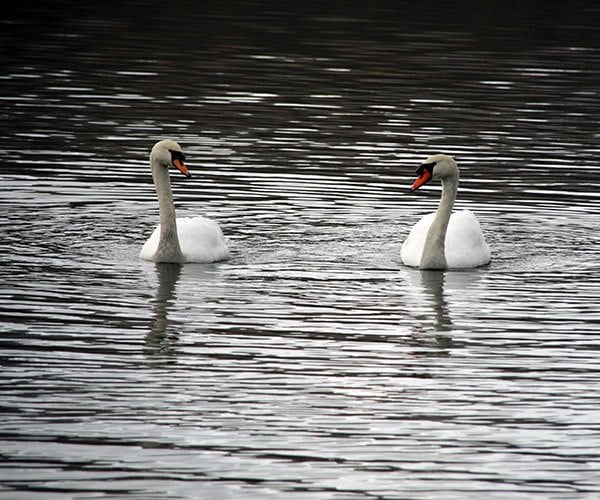
As with all the lakes, expect breath-taking scenery. With the Langdale Pikes as a backdrop, the views here are particularly impressive. There are also a couple of waterfalls to admire, Colwith Force and Skelwith Force, both on the River Brathay, which links Elterwater to Windermere.
Grasmere and Rydal Water
Just to the north of Windermere are Grasmere and Rydal Water, two of the smaller lakes in the national park, but with plenty to offer, nevertheless. For one, the scenery here is nothing short of spectacular.
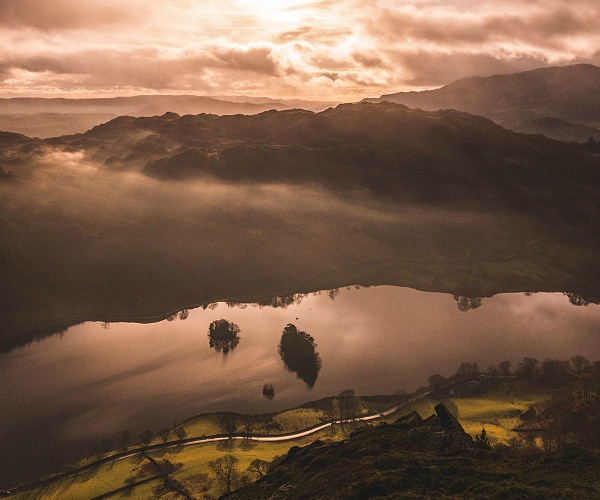
For land lovers, there’s a lovely walk that will take you around Grasmere and Rydal Water, while for those who prefer to be in the water, Grasmere and Rydal Water and have become very popular for wild swimming.
But Grasmere and Rydal are best-known for their connection to romantic poet, William Wordsworth. Two of his former homes are nearby – Dove Cottage in Grasmere and Rydal Mount, where he lived from 1813 until his death in 1850, aged 80. Described by Wordsworth himself as, “the loveliest spot that man hath ever found”, Grasmere and Rydal Water and well worth a visit for anyone coming to the Lake District.
Thirlmere
Continuing our trip north from Grasmere and Rydal Water, we come to Thirlmere, a man-made reservoir which was created in 1894 to supply water to Manchester.
The reservoir is surrounded on all sides by enchanting forests, where residents include red squirrels and red deer. The small car park adjacent to Wythburn Church is an excellent starting point for those planning to tackle Helvellyn, Swirral Edge and Striding Edge. Certainly not a walk for the faint-hearted.
Derwentwater
Located near the popular tourist town of Keswick, our next stop is Derwentwater, the widest of the lakes in Cumbria. Overlooked by the mighty Skiddaw and the more family-friendly Catbells, Derwentwater’s dramatic landscapes change from one minute to the next, depending on the time of year and the weather, making it a photographer’s dream.
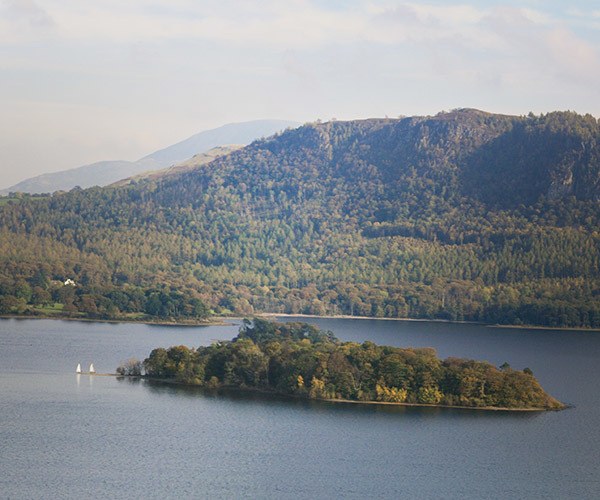
The majority of the land next to the shoreline belongs to the National Trust and as such there are a number of picturesque walks around the lake. As we’ve mentioned, Catbells offers a family-friendly hike, and although challenging at times, with a few steep scrambles, it’s not too technical. We should point out that parking can prove a little tricky, especially at the height of summer, so why not take a Keswick Launch to the Hawes End Jetty and start your walk from there? Keswick Launches operate on a regular timetable around the lake, stopping at seven landing stages.
And for those wishing to explore the lake under their own steam, why not hire a rowing boat, stand-up paddle board, canoe or even a windsurf? There are also self-drive boats available if you don’t fancy quite so much exertion.
Bassenthwaite Lake
As we mentioned at the beginning of this post, Bassenthwaite Lake is the only ‘official’ lake in the Lake District, by virtue of having the word lake in its name. It’s also the most northerly of the major lakes, and the shallowest at just 70 feet deep.
There is a lakeside path along the western shore, however the only access to the eastern shore is at Mirehouse, a fine country house with strong literary links.
The lake is a popular destination for birdwatchers. Herons and cormorants are a common sight, while the summer months herald the return to its shores of the ospreys, no doubt attracted by the Atlantic salmon which come to Bassenthwaite to spawn.
At the northern end of the lake, you can visit Dubwath Wetland Nature Reserve, the Lake District’s first ever wetland nature reserve, home to grasshopper warblers, curlews, greylag geese, reed buntings and meadow pipits, among others.
Ullswater
Before we head to the western fells and arguably some of the Lake District’s most dramatic scenery, we’re heading east to Ullswater, the Lake District’s second largest lake and a strong contender for the title of England’s most beautiful lake.

At around 7.5 miles long, Ullswater is much quieter than Windermere, and the surrounding landscape is nothing short of spectacular. There’s the challenge of Helvellyn via Striding Edge, St Sunday Crag or the Fairfield Horseshoe on the doorstep, while the High Street fells and Red Screes also offer popular mountain walks. The 20-mile Ullswater Way which circumnavigates the lake is a great way to explore the area, although maybe do it in stages, hopping on and off the lake’s famous steamers at the four piers – Pooley Bridge, Howtown, Aira Force and Glenridding. This award-winning and environmentally accredited Lake District attraction has been providing cruises on Ullswater for over 160 years.
The more adventurous among us may prefer to windsurf, canoe, stand-up paddle board or sail our way around the lake.
Haweswater
The most easterly of the major lakes is Haweswater, which, like Thirlmere, is a made-made reservoir which was controversially constructed to supply water to towns and cities in the north-west of England. This meant flooding the villages of Mardale Green and Measand, the foundations and ruins of which can be seen nowadays in times of drought, a sight which brings in visitors, curious to get a glimpse of a bygone time.
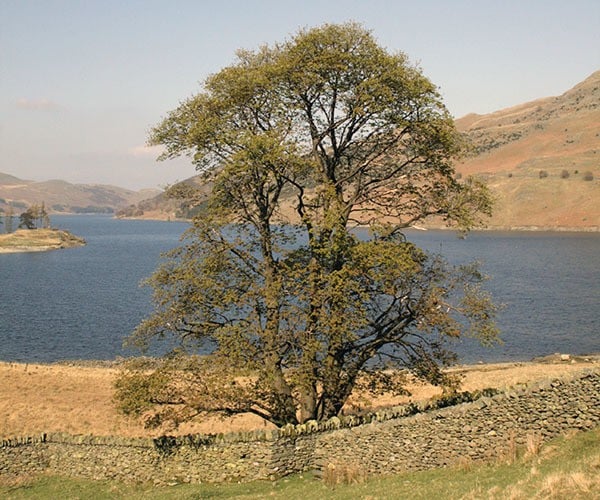
You get a true sense of wilderness when you visit Haweswater, largely due to its tranquillity and lack of farms and grazing.
Eleven down, five to go. Let’s head to the western fells.
Loweswater, Crummock Water and Buttermere
If you fancy getting away from it all, these lakes are well worth the trip. At Loweswater and Crummock Water in particular you can feel miles from anywhere. Buttermere can be busier, as it’s served by bus in the summer.
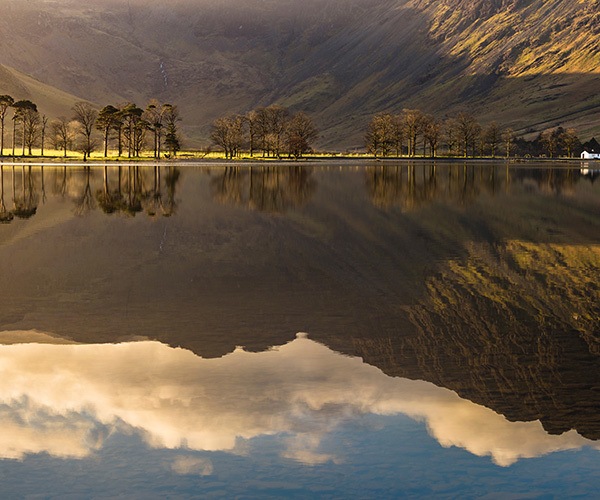
These three lakes are interlinked; in fact, Crummock Water and Buttermere were once one big lake. Surrounded by ancient woodlands, Loweswater is the smallest of the three and if it’s tranquillity you’re after, you’ve come to the right place. Enjoy a dip in the lake or take a walk through the woods or on the surrounding fells.
The largest of the three is Crummock Water. This pretty lake lies at the foot of Grasmoor Peak and is home to the tallest waterfall in the Lake District, Scale Force. For those looking for adventure on the lake, rowing boats are available for hire along the shore. It is also popular with wild swimmers who love the sheltered shingle beach by the slate boathouse. Like Thirlmere, if you’re lucky you might spot a red squirrel in the woodlands on the lake shore.
The final part of the trilogy is Buttermere, the best-known of the three. It’s easily reached from Keswick and Cockermouth, and the surrounding peaks provide great walking routes. There is a circular route around the lake and although it’s pretty easy and relatively flat, the steep slopes of the surrounding mountains such as Haystacks and Pillar add an element of drama.
And for photography enthusiasts, the reflections are amazing. Especially the line of trees below Fleetwith Pike, Green Crag and Haystacks.
Ennerdale Water
A few miles to the west of Buttermere is Ennerdale Water which, despite being one of the prettiest lakes in the Lake District, is possibly the least visited. Stretching for two-and-a-half miles, this is the most westerly of the major lakes and with no roads running its length, it is also one of the most peaceful. Only canoes and kayaks are allowed on Ennerdale (although you do need to have a permit). There are also some glorious walks which follow the shoreline, or for the most adventurous, why not tackle one of the surrounding fells?
Wastwater
Our final stop is Wastwater, described by William Wordsworth as “stern and desolate”. Wastwater is England’s deepest lake at 260 feet and boasts some of the most dramatic scenery in the Lake District. The steep slopes of the screes on the south-eastern side of the lake plunge straight into the lake, while the narrow valley with the peaks of Red Pike, Great Gable and Scafell Pike, England’s highest mountain, has been voted one of Britain’s favourite views.
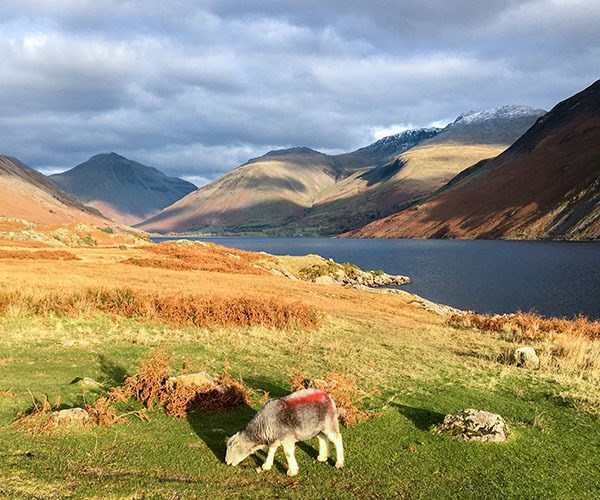
This is iconic Lake District. So much so that the three peaks which stand at the eastern end of lake (Lingmell, Scafell Pike and Great Gable) were selected as the symbol for the Lake District National Park.
There is only a small road in which leads to Wasdale Head, the favoured starting point for those wanting to climb the surrounding peaks, so be prepared for a little congestion. And watch out for those Herdwick Sheep!
That’s it. We hope you’ve enjoyed our whistle-stop tour of the Lake District lakes and that we’ve given you a little inspiration for your next trip to this amazing place. And next time that question comes up in a pub quiz – how many lakes are there in the Lake District – at least you’ll know the answer.
Rachael Thomas is Managing Director of Matson Ground Estate Company Limited, which has a number of Lake District holiday cottages, including Birkdale House. Birkdale House is a luxury Victorian residence at the heart of a privately owned estate in the English Lake District.
If you would like to be a guest blogger on A Luxury Travel Blog in order to raise your profile, please contact us.

 ShanonG
ShanonG 







